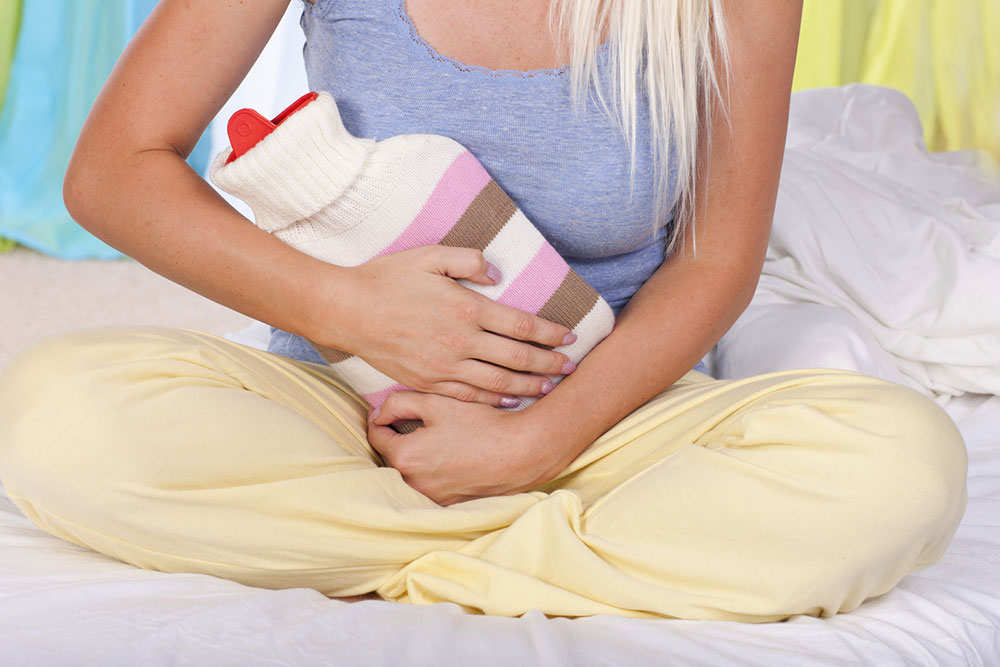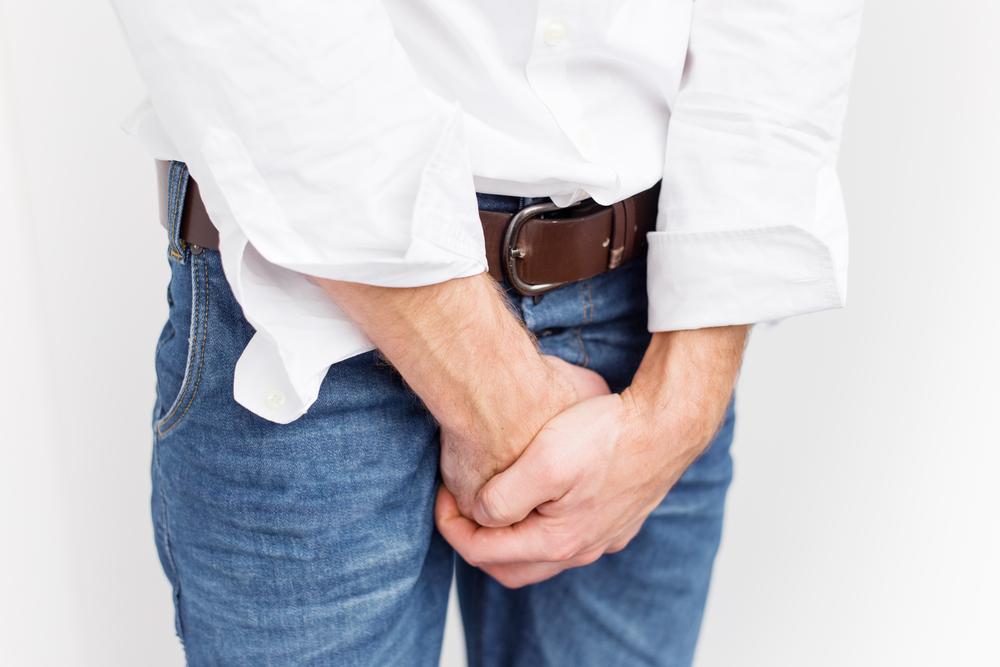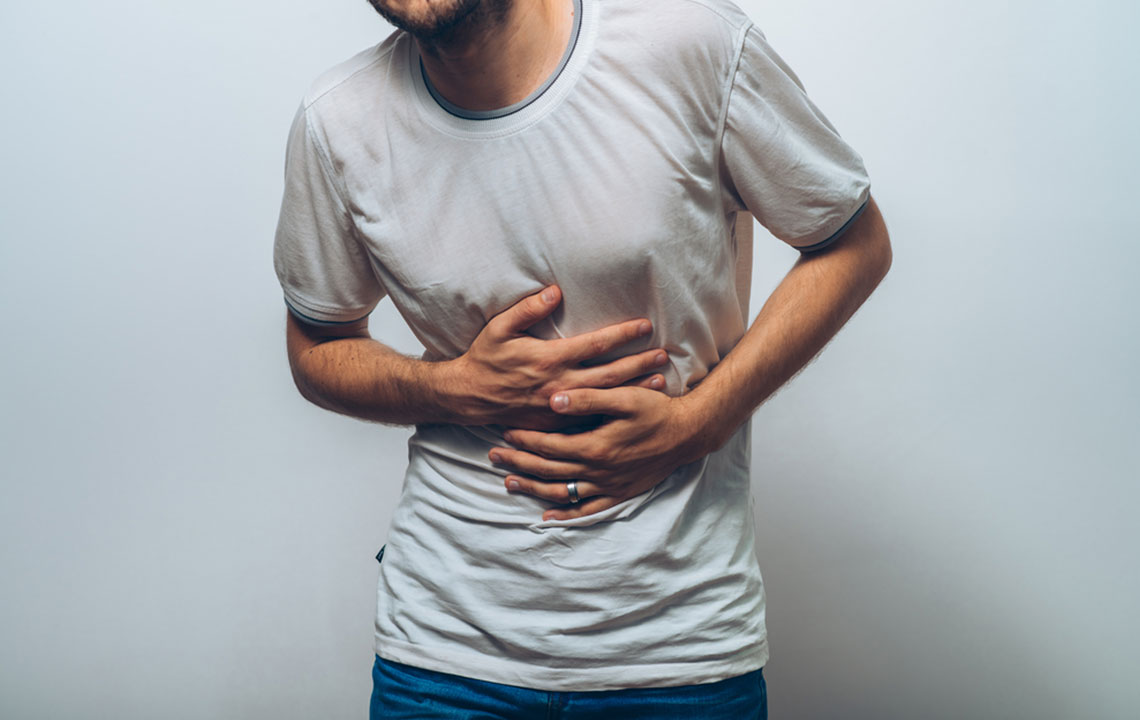Understanding Urinary Incontinence: Causes and Natural Approaches
Urinary incontinence affects millions, primarily women, and includes various types with distinct causes. Natural remedies like pelvic exercises, bladder retraining, and acupuncture can effectively manage symptoms. Lifestyle modifications and proper product use also support bladder control. In more severe cases, medical procedures may be necessary. Consult healthcare professionals for personalized treatment plans and options.

Understanding Urinary Incontinence: Causes and Natural Approaches
Urinary incontinence involves the inability to control bladder functions, resulting in unintentional urine leakage. This condition affects approximately 13 million individuals nationwide, with women being the most common sufferers. Alongside medical treatments, many natural tactics can aid in managing symptoms, including pelvic floor exercises, bladder retraining, and double voiding techniques.
Types and Causes of Urinary Incontinence
Stress incontinence: This occurs when physical pressure on the abdomen causes urine leakage, often following pregnancy, menopause, or surgeries like hysterectomy.
Urge incontinence: Sudden, uncontrollable urges to urinate are characteristic, frequently linked to bladder irritation, enlarged prostate, neurological disorders, or bladder infections.
Overflow incontinence: A frequent urge to urinate with small amounts leaking later, usually caused by bladder blockages from stones, tumors, or enlarged prostate.
Total incontinence: Continuous urine leakage due to an inability to hold urine, often resulting from spinal injuries or congenital defects.
Transient incontinence can also occur due to infections or certain treatments. To help improve bladder control, health practitioners recommend several natural methods:
Kegel exercises: Strengthening pelvic muscles can lessen involuntary contractions. Practice involves contracting pelvic muscles, holding for five seconds, then relaxing, gradually increasing hold time over days or weeks.
Bladder retraining: Keeping a urination journal and gradually extending intervals between bathroom visits can recondition bladder habits. Consistent practice over six to eight weeks may allow longer periods between voiding.
Acupuncture: Some studies indicate acupuncture can decrease urgency, expand bladder capacity, and reduce frequency, requiring several sessions with a licensed acupuncturist for effectiveness.
Double voiding: Sitting on the toilet, leaning forward, urinating, then waiting a few seconds before trying again helps fully empty the bladder.
Scheduled bathroom breaks: Planning regular trips every two to four hours trains the body to urinate at set times, reducing unpredictable urges.
Fluid intake management: Drinking six to eight glasses of water daily helps prevent bladder irritation, while limiting liquids before bedtime minimizes night-time bathroom trips.
Diet considerations: Avoiding caffeine, spicy foods, citrus, and carbonated drinks can lessen symptoms.
Incontinence products: Using pads or specialized underwear provides additional protection. Look for options with high absorbency, moisture-wicking, and odor control.
If natural methods are ineffective, options like nerve stimulation, biofeedback, or surgery may be discussed with healthcare providers. Procedures may include rerouting urine flow or enlarging the bladder, depending on severity.










